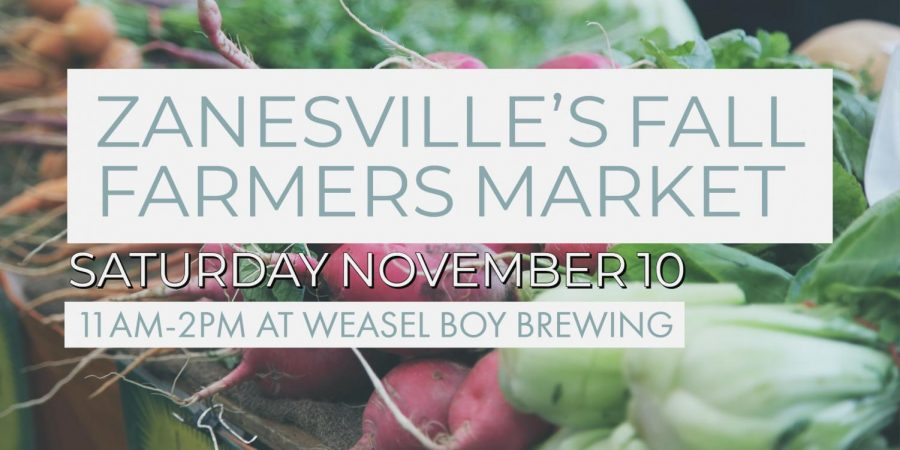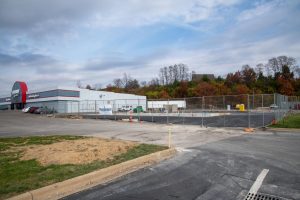The benefits of local meat production
November 8, 2018

Farms. During the school year, she teaches Vocational Agriculture at Zanesville Middle
School.
One of my favorite things about beef production is calving season. Baby cows are absolutely adorable. Like other livestock, they enjoy playing together as their mamas graze nearby. Over time, our family has observed mothers and grandmothers taking turns babysitting the herd’s young. The joys of farming are innumerable as are the hardships.
Low input is critical in raising grass-fed and grass-finished beef. This means farmers rely primarily and almost completely on the land to provide basic needs for their livestock. Grass-fed cattle eat only grass and forage from the time they are born until they are processed by a butcher. Grass-finished beef require a greater amount of time on pasture than a grain finished cow, typically spending upwards of two years grazing before they are ready for harvest. High quality forage results in a premium product that is low in fat and high in nutrition. Grass-fed beef that has been finished on forage alone contains higher levels of Omega 3 fatty acids and beta-carotene compared to their grain-fed alternatives. The product even looks different than grain-fed beef, with the fat taking on a yellow tint rather than white.
Local food enthusiasts can find additional options at the market to meet their protein needs. Some producers start their cattle on grass and finish them on a grain. Others include both grass and grain in their finishing operation. Additionally, a variety of breeds are available to choose from. Customers are encouraged to try out several different options to find the product that is best for them. Local and small-scale farmers have much to share about their farm operations including their relationship with their animals and helpful cooking tips, particularly for folks new to a cut of meat or a breed.
Quality is important to local meat producers. After all, their name and reputation are on the line. Local producers are held to rigorous food safety standards enforced by the United States Department of Agriculture, The Ohio Department of Agriculture, and our local health department. Meats must be processed by a licensed butcher and labeled properly. Farmers cannot include phrases like “local” or “grass-fed” on their labels without approval by one or several of the above governmental agencies. When customers purchase local meats, they not only get high quality, safe food, they also benefit from knowing their farmer and therefore have the opportunity to offer feedback about their products.
Purchasing locally grown and raised food is beneficial for our local economy, as well as the environment. Sustainable grazing practices pull carbon out of the atmosphere and stores it in the soil. These grazing practices also improve soil quality, thereby impacting the overall well-being of local ecosystems. Local consumers can rest assured that their participation in the local food’s economy is indeed making a difference!
The fall farmers’ market is held every Saturday 11 a.m. to 2 p.m. at Weasel Boy Brewing through Dec. 15.











